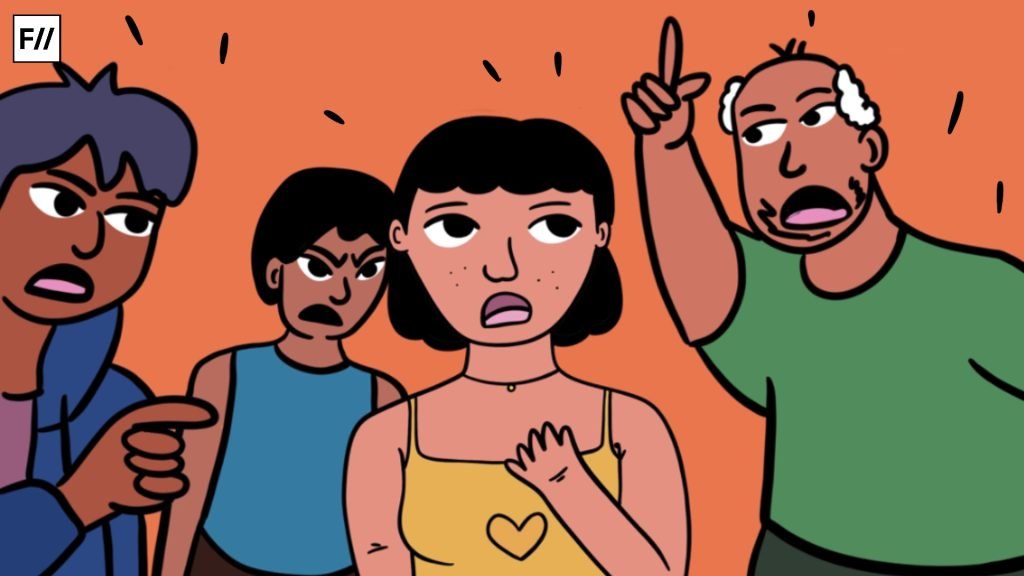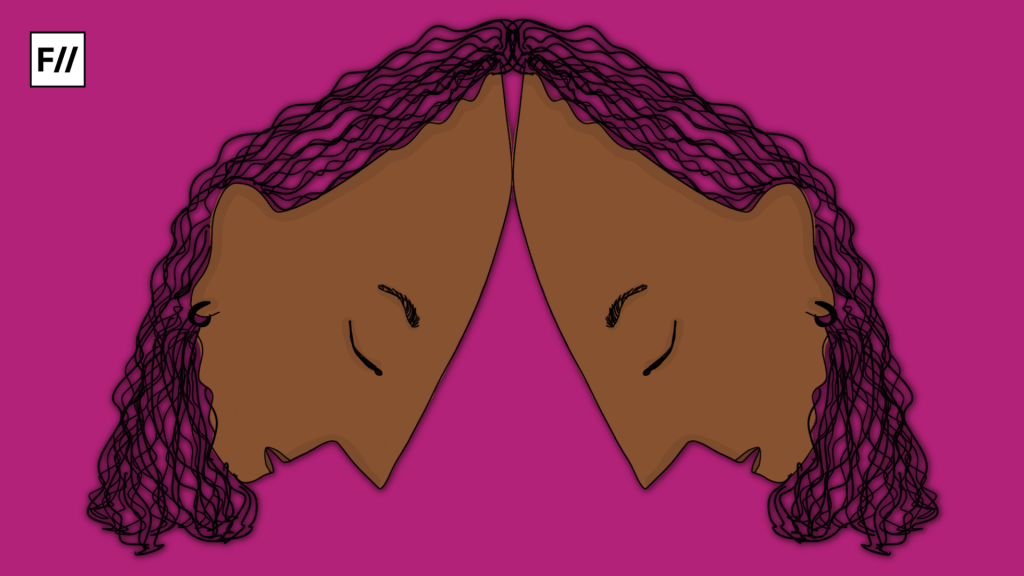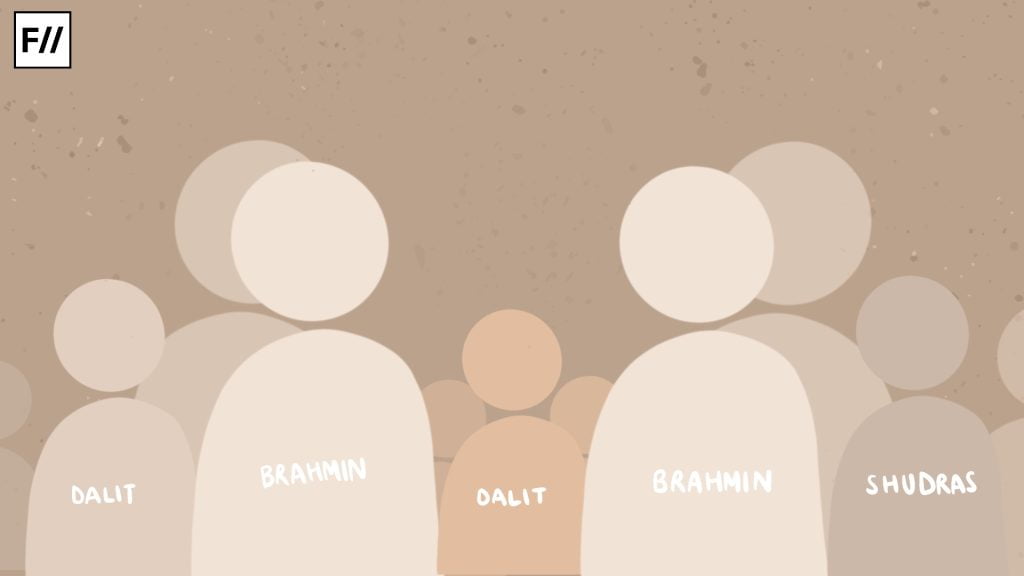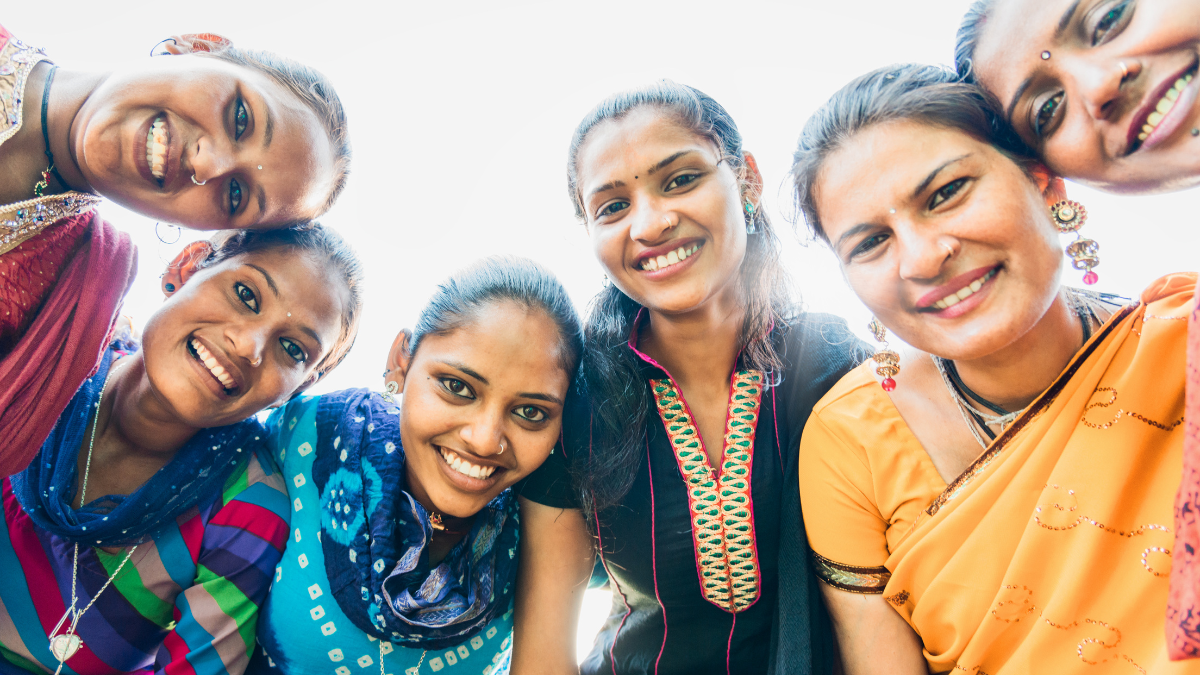Just like Ranbir Kapoor’s character Bunny in “Yeh Jawaani Hai Deewani” who wished to run, fly and move out of his world; I also had similar dreams and hopes where I wanted to escape the chaos and responsibility of life through travelling. However, unlike Bunny; wherever I went, my caste followed me like an uninvited shadow, reminding me over and again that some things are inescapable.
Born and brought up in a tribal family, in the Northeastern region of India, caste was never an intrinsic part of my reality. I knew it existed but it felt distant, something that impacted others and not me. The place where I come from has its own set of complexities, but caste is not one of them. Little did I know that once I left the Northeast and began travelling across North India, I would be confronted with a societal structure for which I was completely unprepared.
Encountering Caste in Himachal
It was in January this year while travelling to Himachal Pradesh, I witnessed caste in a jarring and unsettling way. At a backpacker hostel in Tosh, a pretty hamlet nestled in the Parvati Valley, I encountered four men from Rajasthan. When they enquired about my caste during an introductory conversation about where we were all from, I told them I was tribal. They looked taken aback momentarily and soon commented on how I “didn’t look tribal” thanks to my ‘funky,’ attire (baggy pants and a hoodie).

The conversation didn’t stop there. After discovering I was from Assam, one remarked, “Oh, you’re from the Northeast, ching chong.” I didn’t know what to say. I grappled not only with caste prejudice but also with blatant racism. But what followed was perhaps even more troubling. These men began to take pride in their Rajput identity, talking about how Dalits in their villages still couldn’t wear slippers or hold their heads high in front of them.
Stories from Spiti Valley
My next encounter with caste was in the Spiti Valley of Himachal Pradesh. Although known for its Buddhist and tribal heritage, caste dynamics in Spiti are far from absent. While speaking to a caretaker at Zostel Spiti, who was from Kinnaur, I learned that despite belonging to a Scheduled Tribe group, he called himself Rajput. When I asked if he ever faced any caste-based discrimination, he told me that as a Rajput, he commanded respect. He had taken up the Rajput identity to shield himself from the discrimination one usually faces when associated with tribal or lowered caste tags. He was not an exception. Many in Himachal adopt Rajput identities. After all, this was how they would earn status and respect in a casteist society.

While trekking in Spiti, I met another man from Kinnaur who had spent many years in Delhi preparing for civil service exams before returning home to take up farming and business. “Kinnauris are called asuras” (demons from Hindu mythology) he told me. “This land of ours used to be the Asuras’ land until a goddess came and blessed them. But still, people think of us as less human,” he continued.
He shared stories of how the Bajantris, who are musicians and come from the lowest castes, are a vital part of the religious and social life in the region. They accompany the deities during religious processions but they are not allowed to touch the deity’s palanquin. The people who uphold the cultural traditions of the region are the ones shunned by it.
Caste Dynamics in Spiti
Contrary to the widespread notion that Buddhism is casteless, caste hierarchies are very much present in Spiti Valley. The indigenous social structure of the region is divided into two endogamous: upper-caste Chechang households and other caste (musician and blacksmith) households.

The distinction is so rigid that marital alliances and even sharing drinking cups across these categories are forbidden. If an individual belonging to the Chechang household marries someone from a lowered caste, he or she will lose their upper-caste status forever. Among the caste groups too, the Zo blacksmiths are considered higher than the Beda musicians who are at the lowest rung.
Buddhist monasteries in Spiti also play an important role in upholding caste-based discrimination. The monasteries that impart education to the local children also practice discrimination by not allowing children from caste households to be inducted as monks.
Though Beda musicians are an indispensable part of Spiti’s social and religious life, they bear the brunt of discrimination, especially the women. The role of women has traditionally been centred on the home. Most of their time is spent caring for the family, performing household work and weaving clothes.
Buddhist monasteries in Spiti also play an important role in upholding caste-based discrimination. The monasteries that impart education to the local children also practice discrimination by not allowing children from caste households to be inducted as monks. Admission to local monasteries is open to all male members, except caste households. These caste hierarchies are as prevalent in the Buddhist monastic order in Himachal as they are in places dominated by Hindus.
The other side of Himachal’s charm
Himachal Pradesh has the second-largest population of Scheduled Caste after Punjab, with the majority of them still living as erstwhile untouchables. The state is often romanticised as an escape destination in films or by city-bred people who come to the mountains looking for solace. But the ‘escape,’ people talk about, is a privilege.
A privilege of caste and class. For the marginalised, these very mountains serve as stark reminders of their isolation and oppression.
About the author(s)
Bishnu is currently studying MA in Communication at the University of Hyderabad. He is an alumna of the Indian Institute of Mass Communication, New Delhi.





I absolutely loved it!! Thank you for enlightening us on the existing casteism still prevalent in India no matter how hard we are trying to fight against it.